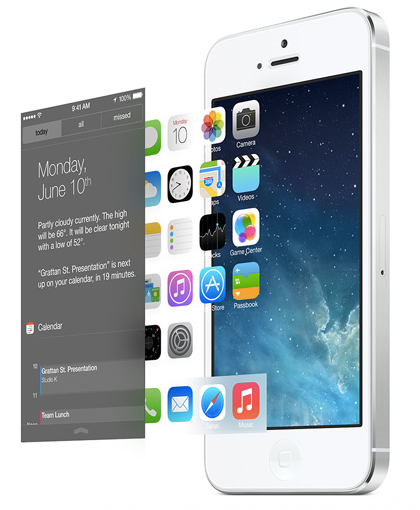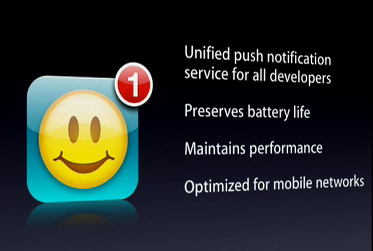Hardly any project today can avoid storing of a large amount of media objects (video chunks, photos, music, etc).
In our projects, we often needed our storage system to be highly reliable, as loss of content often results in service interruption (I think this is true for most of the projects). Moreover, as the service capacity grows, such characteristics as performance, scalability, manageability, etc., become of key importance.
To enable content storage, you can use different distributed file systems, however each of them obviously has its own upsides and downsides. So selection of an optimum file system is in no way a trivial task. Recently, we have been solving such a task for our Together project, an innovative mobile video content platform to handle user-generated content just like Netflix handles movies. Then, we have started using the platform in other our services, such as: PhotoSuerte to store photos and Veranda to store short videos. In most of our projects, the platform has proven itself efficient. In this post, we would like to tell you how to create a distributed data storage for a video platform. Continue reading







